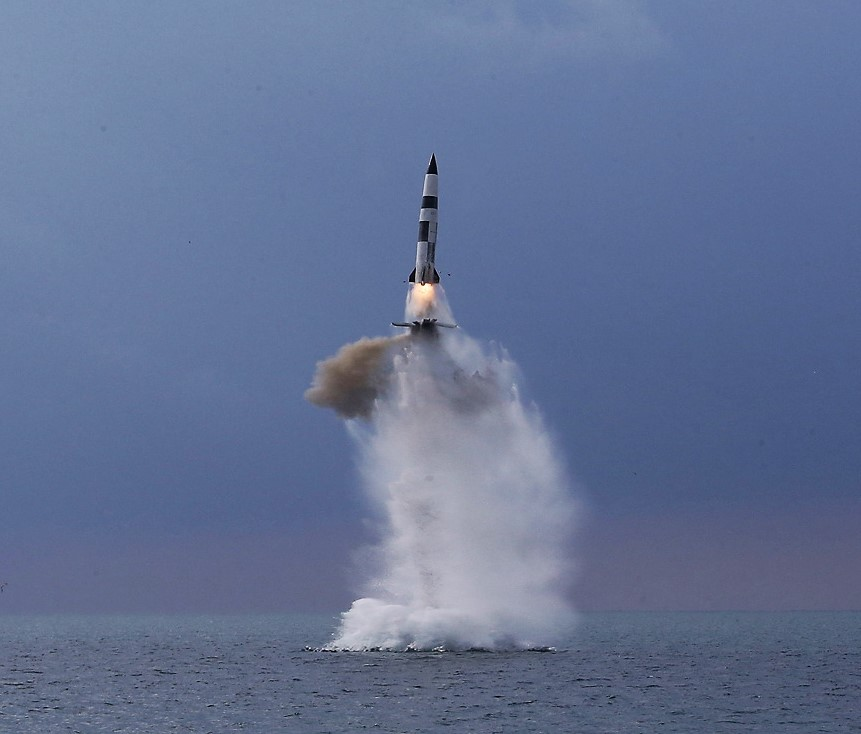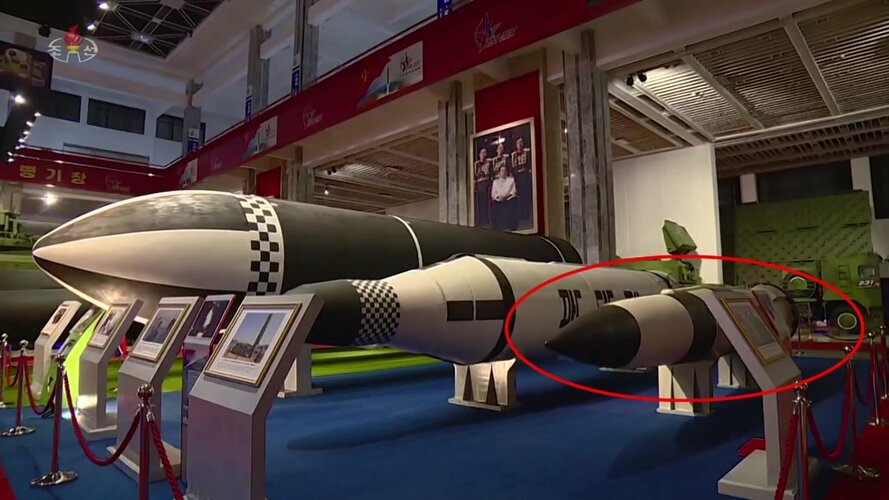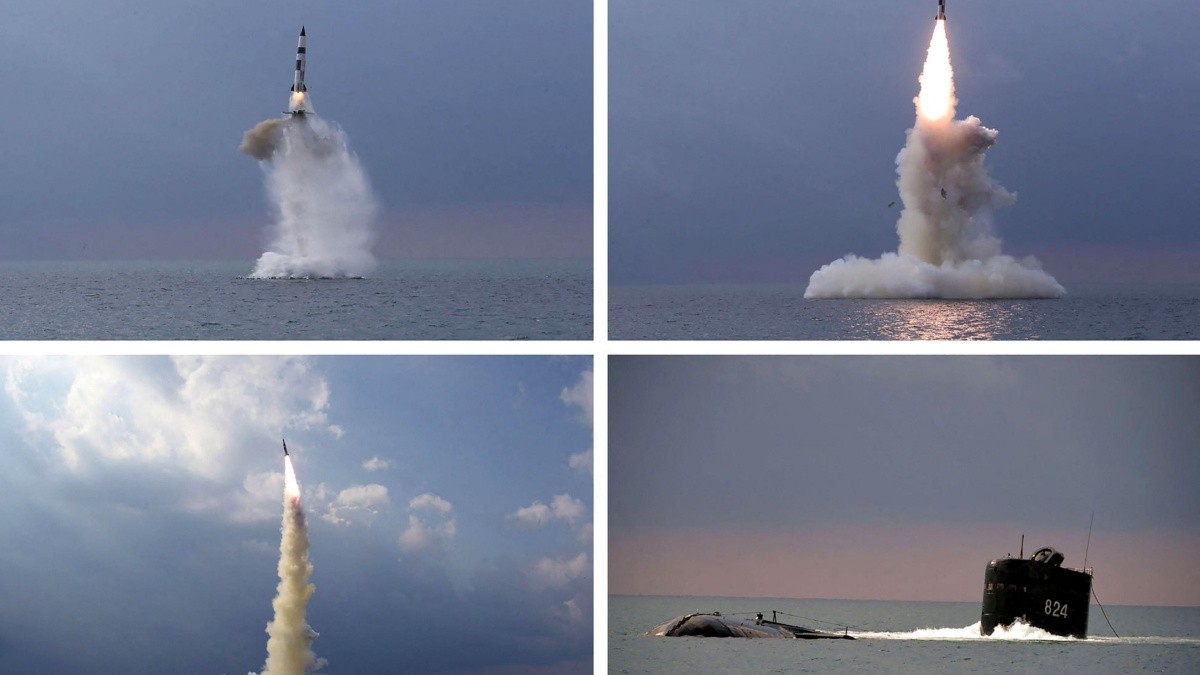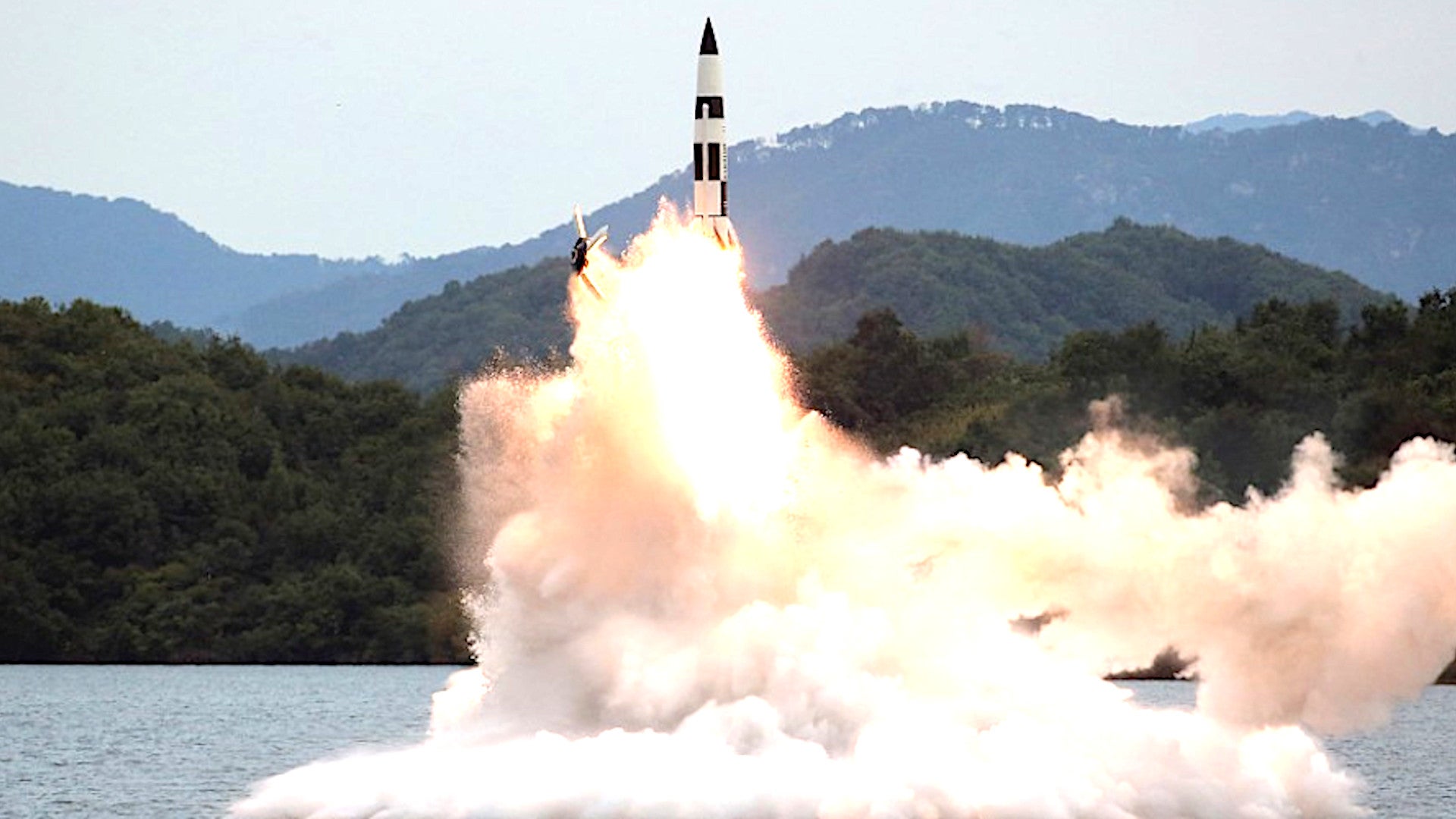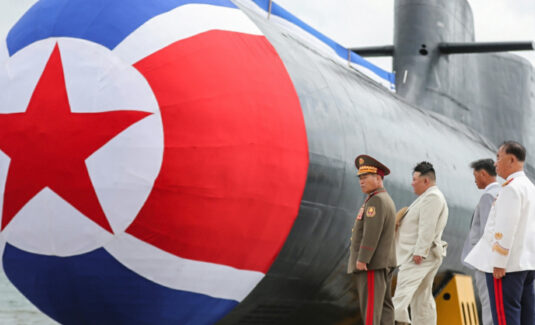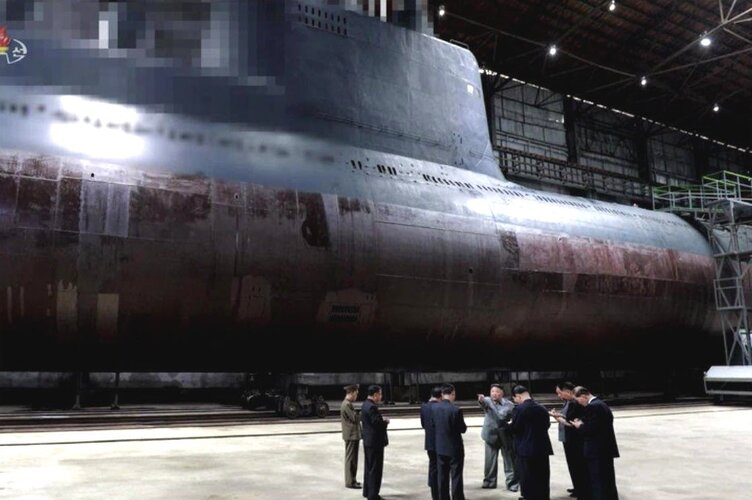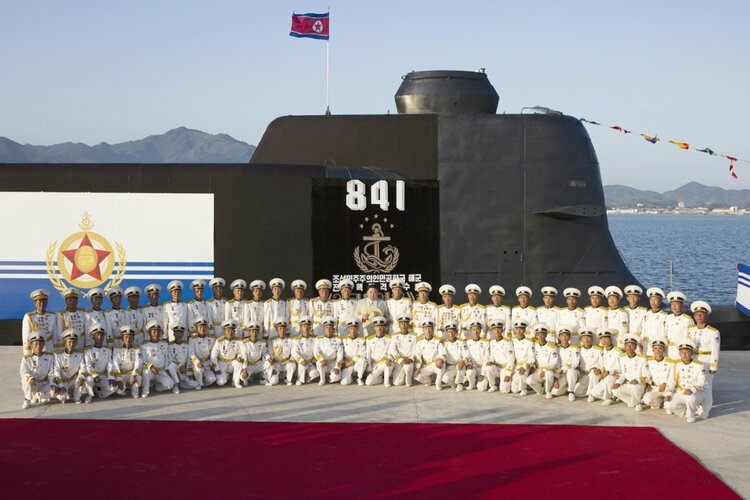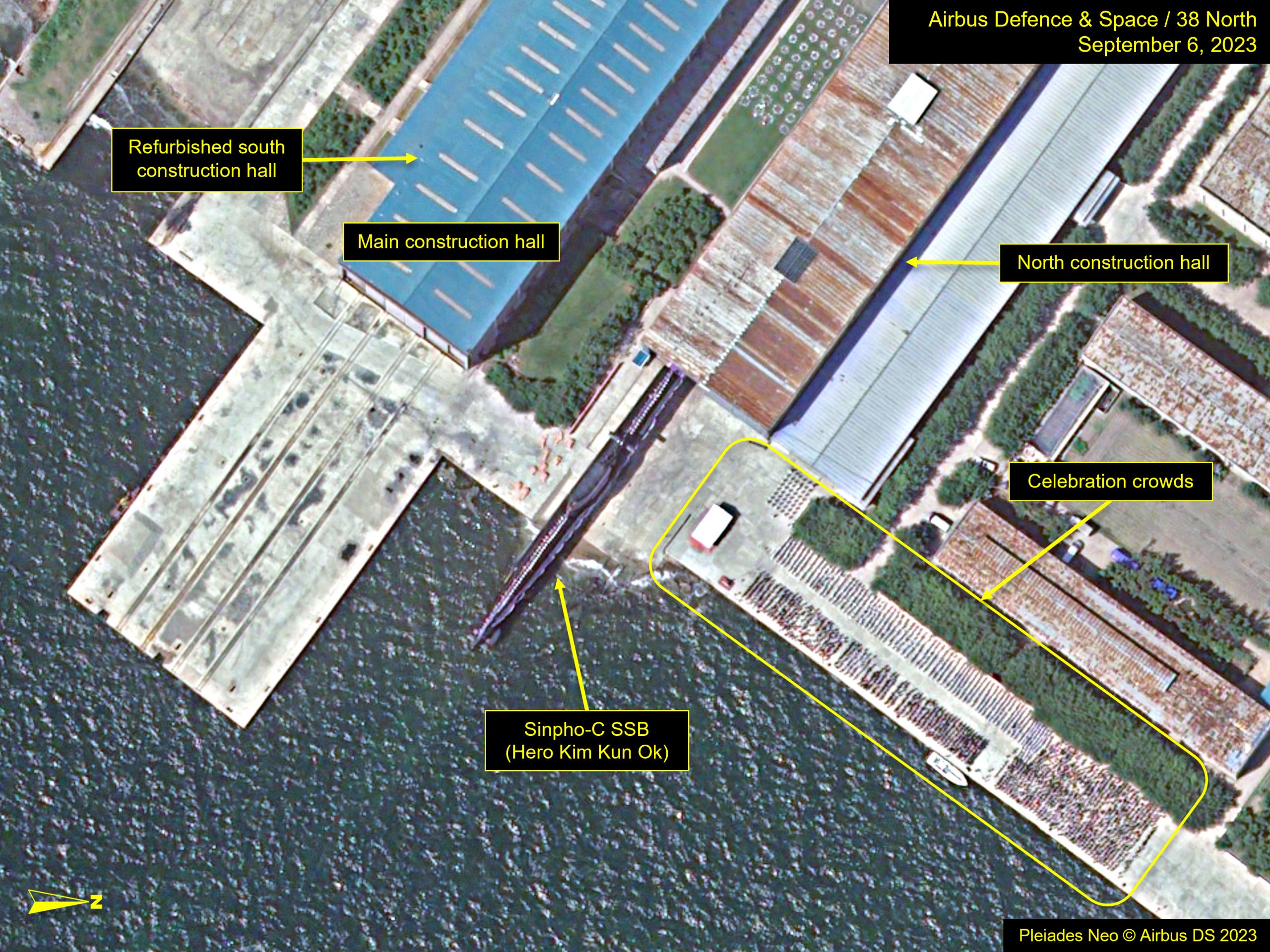N. Korea replaces, punishes 14 cadres and technicians working on nuclear-powered submarine program
The Central Committee criticized the technicians for failing to follow party policy to “localize” production
By Jeong Tae Joo - 2021.11.15 10:48am
North Korea recently replaced or punished 14 cadres and technicians tasked with designing small nuclear reactors for nuclear-powered submarines, apparently for failing to meet party criterion. The authorities will likely now face difficulties in their plan to acquire the capability of stealthily striking enemies.
According to multiple Daily NK sources in North Korea on Thursday, the Central Committee’s Military Industries Department began screening designs for nuclear-powered submarines on Nov. 5.
Work on the designs has been ongoing since October of last year.
North Korean leader Kim Jong Un said during the Eighth Party Congress in January that “new planning research for a nuclear-powered submarine has been completed and is to enter the final examination process.”
Nuclear-powered submarines are highly stealthy as they need not surface for long periods of time, making them the most likely weapon to survive an enemy’s preemptive strike.
Focusing on advancing the country’s arsenal of asymmetrical strategic weapons, North Korea has assigned its top researchers to the project.
In particular, the authorities reportedly put experts on the task of producing small nuclear reactors, the key to building the submarines, imploring them to “exercise their top abilities, given their rich experience built up over six nuclear tests.”
However, the Central Committee apparently criticized the screening report, which included analysis of design flaws.
Firstly, the Central Committee reportedly said it would “take 10 more years” to build nuclear-powered submarines according to current designs, even though the goal is to complete them by 2025.
The Central Committee also criticized the designs for failing to meet three criteria put forth by the party to achieve its goals.
Though party leadership had stressed 1) improving the capabilities of conventionally powered mini-submarines that are currently deployed, 2) building a new class of submarines capable of carrying North Korea’s existing SLBMs and 3) building nuclear-powered submarines capable of carrying several nuclear launch systems, the Central Committee reportedly judged that these criteria had not been met on the ground.
The Central Committee also criticized technicians for failing to follow party policy to “localize” production. That is to say, the committee took serious issue with designers handing over for final screening a complete comprehensive blueprint that called for large-scale imports of foreign technology and parts during the entire shipbuilding process.
Several basic errors were discovered as well, including a failure by designers to make the technical descriptions in the partial plans and assembly plans match when they drew the blueprints for the small nuclear reactors.
The Central Committee responded by excluding from the research team 14 cadres, researchers and technicians who took part in drawing up the plan. Six of them were kicked out of the party or disciplined.
One of the sources said the six who took responsibility for the failure were exiled with their families to remote areas. He added that the authorities now face snags in their plans, including the need to completely revise the designs for nuclear-powered submarines.
Please direct any comments or questions about this article to
dailynkenglish@uni-media.net.


 .
.

